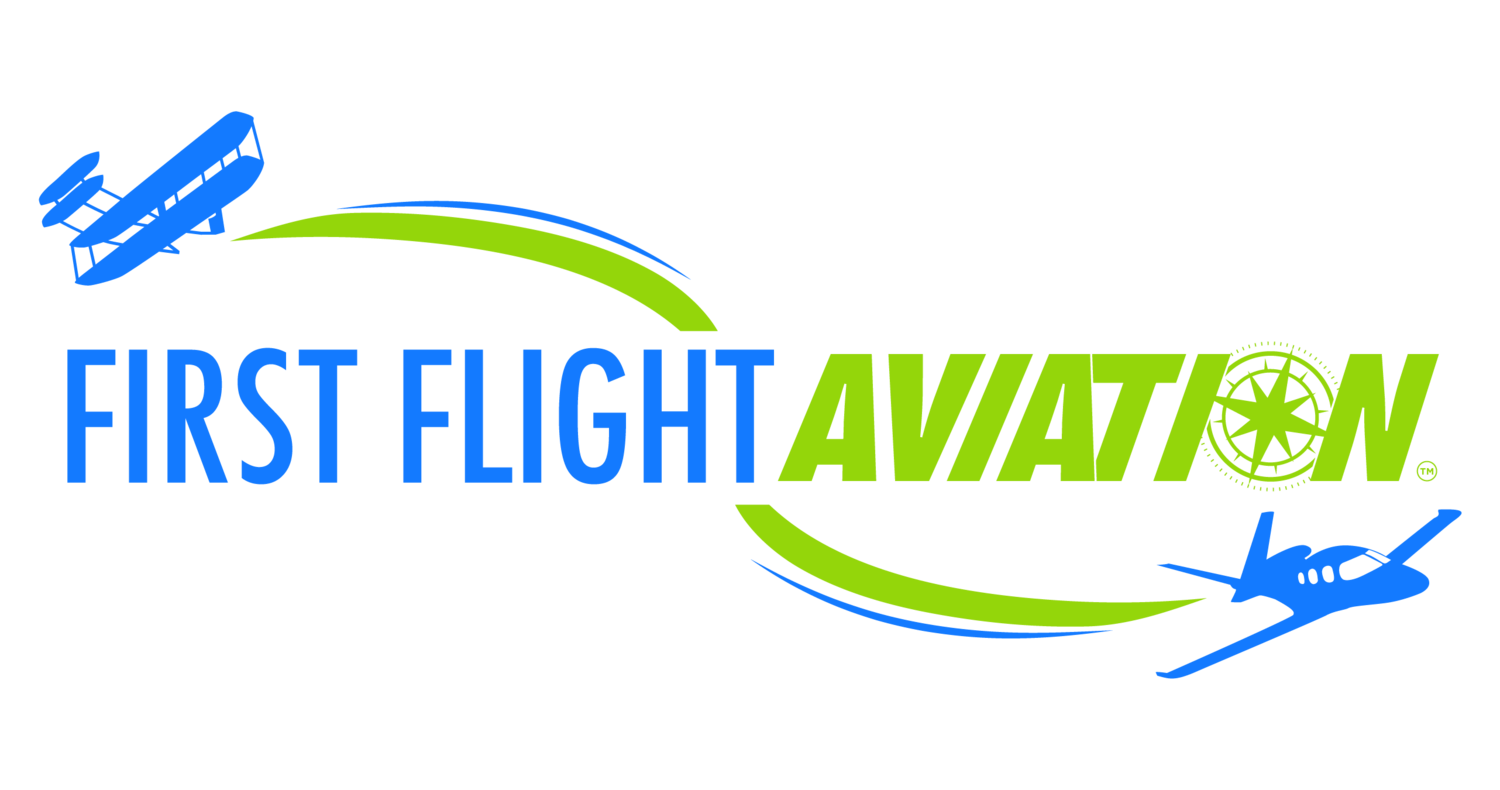
When it comes to aviation, safety is the number one priority. Before taking off, pilots must perform a preflight inspection to ensure that the aircraft is in proper working order. This preflight inspection is a vital step in ensuring the safety of the flight and all passengers on board. In this blog, we will discuss the importance of preflight inspections, the key components of a preflight inspection checklist, and tips for conducting a thorough preflight inspection.
Call First Flight Aviation! (937) 885-5580
Importance of Preflight Inspections
Preflight inspections are a critical part of aviation safety. By conducting a preflight inspection, pilots can identify any potential issues or problems with the aircraft that could affect the safety of the flight. Detecting problems before takeoff allows pilots to address them promptly and prevent any safety hazards during the flight. Preflight inspections also help pilots familiarize themselves with the aircraft and ensure that all systems are functioning properly.
Components of a Preflight Inspection Checklist
A preflight inspection checklist typically includes a series of visual and functional checks to ensure that the aircraft is airworthy. While the exact checklist may vary depending on the type of aircraft and specific requirements, there are some common components that are included in most preflight inspection checklists:
1. Exterior Inspection: Pilots begin the preflight inspection by visually inspecting the exterior of the aircraft. This includes checking the condition of the wings, landing gear, tail, propeller, and other external components. Pilots look for any signs of damage, leaks, or abnormalities that could affect the performance of the aircraft.
2. Cockpit Inspection: After the exterior inspection, pilots move on to inspecting the cockpit. This includes checking the instruments, controls, switches, and gauges to ensure that they are functioning properly. Pilots also verify that all required documents, such as the aircraft logbook and maintenance records, are on board.
3. Engine Inspection: The next step in the preflight inspection is to inspect the engine. Pilots check for any signs of leaks, loose parts, or unusual noises during the engine inspection. They also ensure that the engine oil levels and fuel levels are adequate for the flight.
4. Control Surfaces Inspection: Pilots check the control surfaces of the aircraft, such as the ailerons, elevators, and rudder, to ensure that they are moving freely and responding correctly to control inputs. Pilots also check the trim settings to ensure that the aircraft is properly balanced.
5. Electrical System Inspection: Pilots inspect the electrical system of the aircraft, including checking the battery, alternator, and electrical connections. Pilots also verify that all lights, radios, and communication systems are working properly.
Tips for Conducting a Thorough Preflight Inspection
To conduct a thorough preflight inspection, pilots should follow some key tips and best practices:
1. Familiarize Yourself with the Aircraft: Before conducting a preflight inspection, take the time to familiarize yourself with the specific model and make of the aircraft. Understanding the layout, systems, and components of the aircraft will help you conduct a more thorough inspection.
2. Use a Checklist: Always use a preflight inspection checklist to ensure that you are covering all necessary components and systems of the aircraft. A checklist helps you stay organized and ensures that you do not miss any important steps.
3. Take Your Time: Do not rush through the preflight inspection. Take your time to carefully inspect each component and system of the aircraft. Look for any signs of wear, damage, or abnormalities that could affect the safety of the flight.
4. Document your Findings: During the preflight inspection, make note of any issues or discrepancies that you find. Documenting your findings can help you track maintenance issues and ensure that they are addressed before the next flight.
5. Seek Assistance when Needed: If you encounter any problems or are unsure about a particular component of the aircraft, do not hesitate to seek assistance from a mechanic or experienced pilot. It is better to address any concerns before takeoff rather than risk safety during the flight.
Summary
Preflight inspections are a critical step in ensuring the safety of aviation operations. By following a preflight inspection checklist and conducting a thorough inspection of the aircraft, pilots can identify and address any potential issues before takeoff. Preflight inspections help pilots familiarize themselves with the aircraft, ensure that all systems are functioning properly, and prevent safety hazards during the flight. By following the tips and best practices outlined in this blog, pilots can conduct a comprehensive preflight inspection and ensure a safe and successful flight for all passengers on board.
